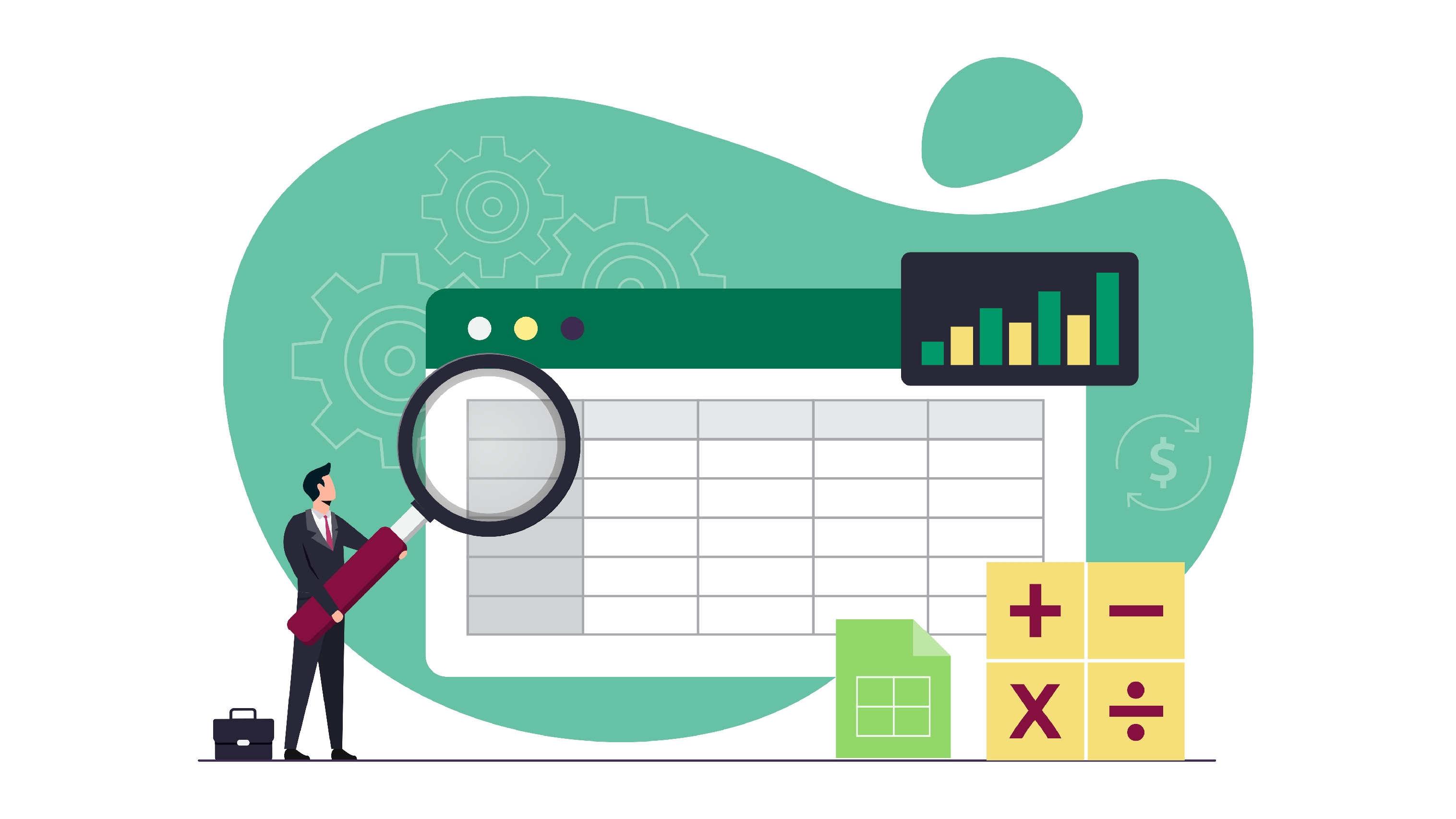How AI is reshaping the role of spreadsheets in accounting
Modernizing spreadsheets can enable secure and AI-ready accounting and finance functions


For decades, spreadsheets have been essential to the accounting world because of their flexibility, familiarity, and how deeply involved they are when it comes to daily workflows.
To this day, Microsoft Excel still retains bragging rights as the number one platform of choice when it comes to financial modeling, forecasting, and reporting across businesses of all sizes.
But whilst these tools remain flexible and familiar, the downside is that they are becoming increasingly unfit for a world that demands pace, structure, and smart automation.
The growing tussle between innovation and tradition will define the future of accounting. Despite 80% of businesses relying on Excel for essential processes, dated spreadsheets represent a critical bottleneck in the race towards finance functions that integrate AI seamlessly.
To bridge the divide, businesses must reevaluate their methods of utilising spreadsheets to create secure and scalable tools that can support the future of AI-driven finance.
How AI is affecting the reign of the spreadsheet
Spreadsheets have served as all-encompassing tools for daily tasks like financial modelling and forecasting. But, as companies grow and their workflows become more complex, these traditional spreadsheet models become harder to scale, audit, or integrate with modern data infrastructure.
Some spreadsheets lack formal organization, containing inconsistent data entry formats, hidden formulas, and manual overrides. Usually, there is a lack of documentation that explains how calculations are performed or what assumptions are integrated within the model. There is very little version control, and the files tend to be siloed on email threads or individual computers.
Stay up to date with the latest Channel industry news and analysis with our twice-weekly newsletter
AI and machine learning systems rely on structured and high-quality data to function effectively, as well as a plethora of functions such as well-defined inputs and outputs, consistent formatting, clear documentation, and reliable access to the underlying logic. The problem here is that spreadsheets very rarely match up to these standards.
The lack of organization makes it hard for AI-based tools to connect with spreadsheets. As a result, finance departments end up spending more time cleaning up data and reformatting inputs as opposed to reaping the benefits of automation. Furthermore, the vague nature of spreadsheets poses various risks when it comes to compliance, governance, and auditability, factors that are all vital in the regulated world of accounting.
The AI storm threatening accountancy
The risks associated with companies continuing to use outdated spreadsheet models are incredibly high. Without structure and oversight, models become outdated, errors go unnoticed, and institutional knowledge is lost when core employees leave.
One of the biggest concerns for companies is data privacy and intellectual property (IP) protection. When proprietary models and sensitive financial data are introduced into external AI tools, the risk that this data could be exposed or shared with third parties is extremely high.
When spreadsheets that contain sensitive business data are left unprotected, they become a vulnerability instead of an asset, which then, in turn, becomes a major barrier to AI adoption. If organizations cannot control what data AI has access to, they risk compromising their internal processes and competitive edge.
Solving the AI integration puzzle
Instead of companies abandoning their spreadsheet models as a whole, a more practical solution to this is to modernize them. By updating their software, finance departments can transform traditional spreadsheet models into structured, controlled, and web-accessible applications. Companies can also retain institutional knowledge embedded in their existing tools while getting rid of the restrictions that currently prevent AI integration.
This includes spreadsheet logic within a web-based interface that carries out consistent input and output formats, automates validation, and manages access through user permissions. These web applications reflect the original functionality of the spreadsheet, but the difference is that more layers of control, documentation, and security are added, which are all essential for company use.
More importantly, this strategic approach enables a flawless interaction with AI-based tools. These web-based applications can get rid of the complications that accompany spreadsheet use by applying structured data, standardized formats, and transparent workflows. These factors create a setting where AI can be effectively used without manual intervention.
A secure financial future
Without a doubt, AI is transforming the face of accounting as we know it; however, the industry’s heavy reliance on spreadsheets, as it is, is becoming a liability. Rather than leaving spreadsheets behind, organizations should start to see them as a starting point that can be evolved with the right tools.
By transforming traditional spreadsheet models into secure and structured web applications, companies will be empowered to modernize their workflows without disruption. This will lead to a favorable outcome that includes a secure and scalable finance function that is truly AI-ready.

Sebastian Dewhurst is a seasoned veteran with extensive experience in engineering, research, and technology management. The founder and CEO of EASA, Sebastian, oversees the development of innovative solutions that allow organizations to automate, simplify, and manage critical business processes that depend on spreadsheets.
-
 Platform consolidation is the solution for MSPs’ growing pains
Platform consolidation is the solution for MSPs’ growing painsIndustry Insights As 2025 draws to a close, there's never been a better time for MSPs to rethink their tech structure
-
 Is diversity still a challenge in the channel?
Is diversity still a challenge in the channel?Industry Insights Despite progress, diversity remains a challenge in the tech channel, as women represent less than a quarter of the UK’s tech workforce and still face structural and cultural barriers
-
 How channel-supported smart decisions can pay off now and in the future
How channel-supported smart decisions can pay off now and in the futureIndustry Insights How can partners help retailers make smarter IT investments this Black Friday?
-
 Circular services: The next growth engine for channel partners
Circular services: The next growth engine for channel partnersIndustry Insights Why circular services are the next growth engine for channel partners
-
 The power of partner ecosystems in today’s tax landscape
The power of partner ecosystems in today’s tax landscapeIndustry Insights Technology transformations enable tax teams to embrace partnerships in a more collaborative manner
-
 When the vendor fails: Why B2B buyers need escrow as a priority for their software stack
When the vendor fails: Why B2B buyers need escrow as a priority for their software stackIndustry Insights Channel partners need stronger governance to navigate vendor collapse…
-
 Building enduring channel partnerships in a multi-generational IT environment
Building enduring channel partnerships in a multi-generational IT environmentIndustry Insights Partners are evolving from sellers to strategic advisors, prioritizing customer outcomes
-
 Is channel know-how the key to de-risking enterprise AI plans?
Is channel know-how the key to de-risking enterprise AI plans?Industry Insights Channel partners could be the key to enterprises successfully developing their AI projects and implementations…

